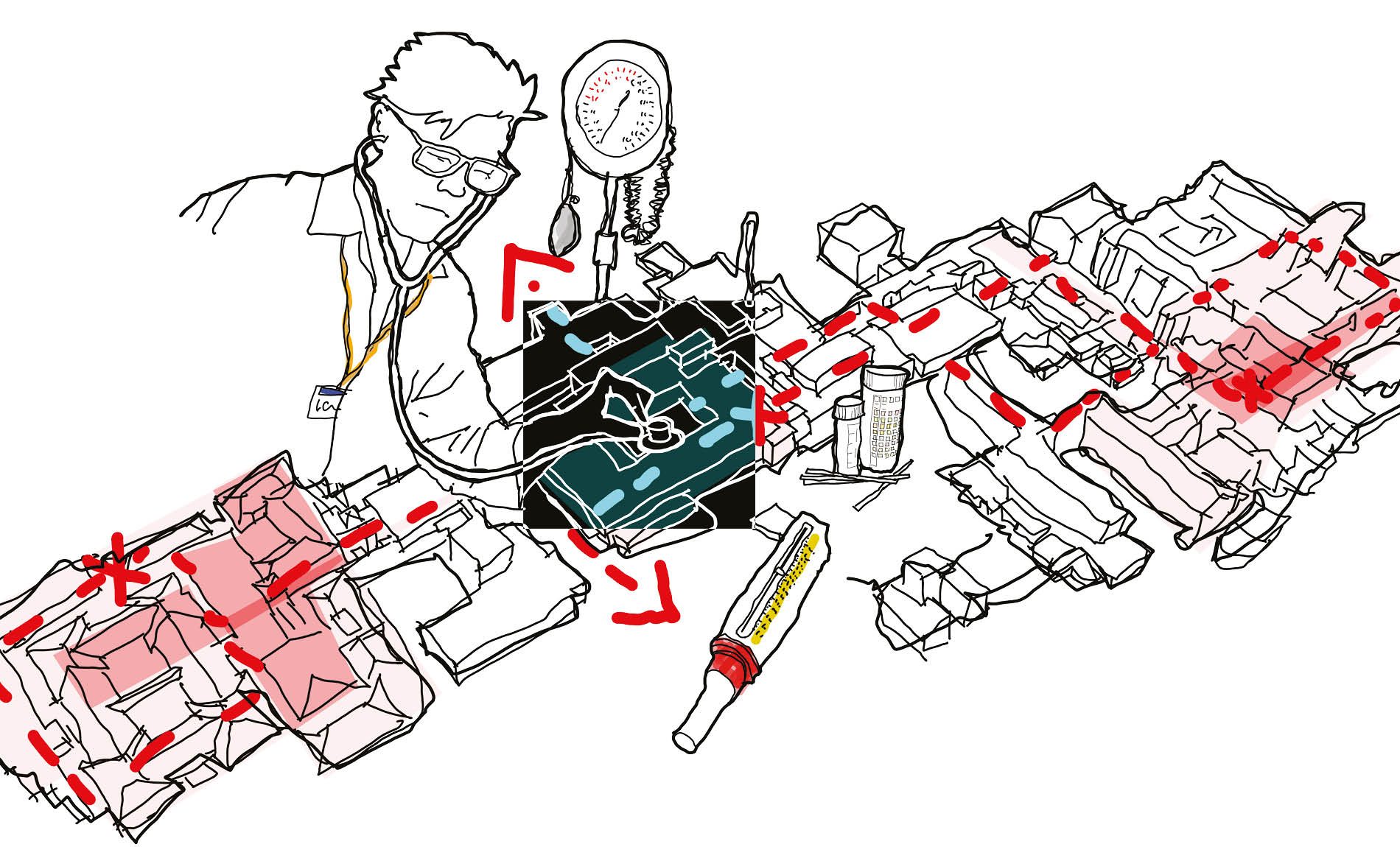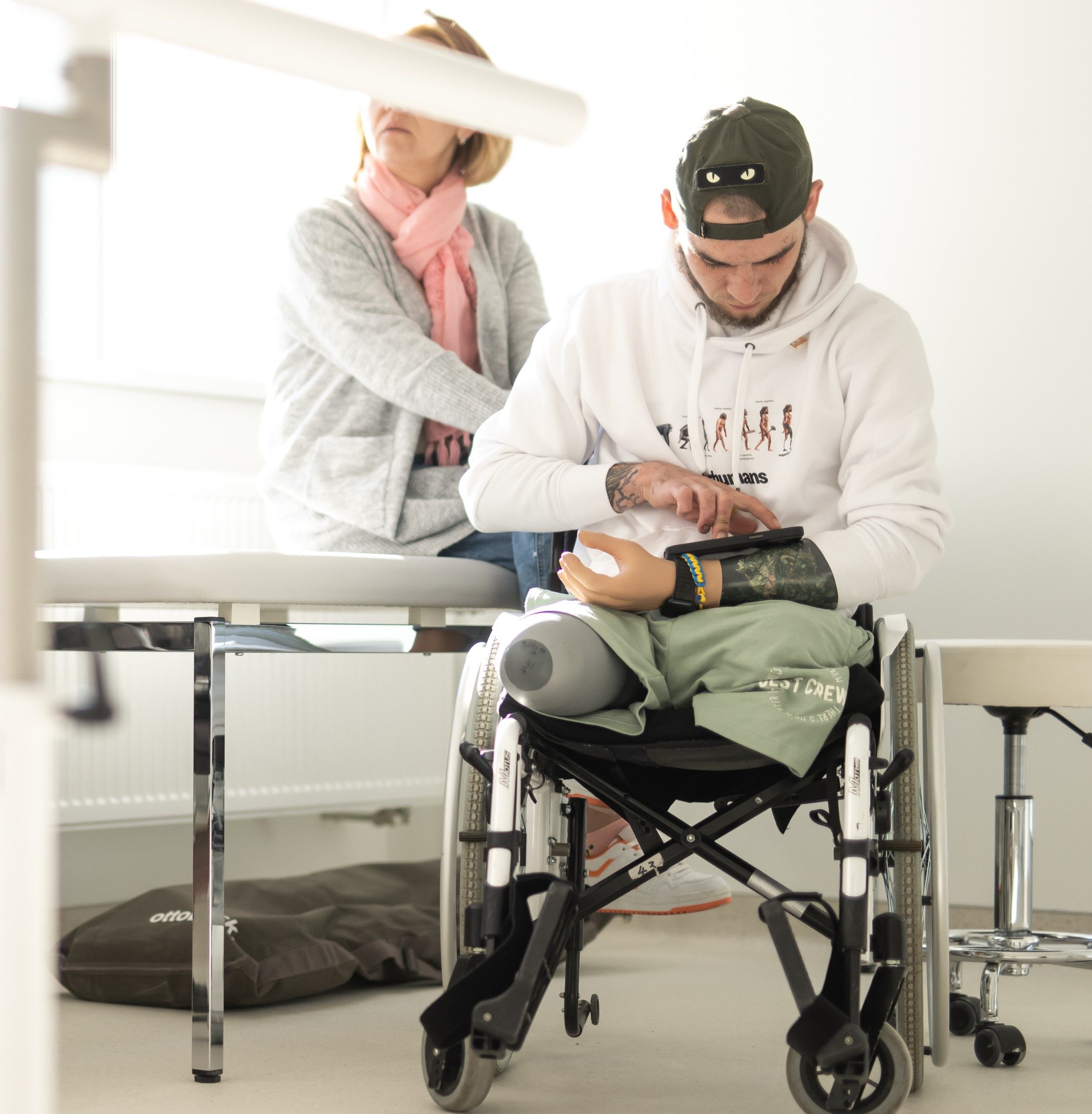
Viewpoint: Super Streaming Your Hospital
In the first of his regular columns, Architectural Lead Jaime Bishop explains how streamlining triage models is just the starting point for fixing an A&E department’s problems and how observations from one department can provide a health check for the entire estate.
In my columns, I’ll be sharing short think-pieces with you, reflecting on my role and my day-to-day experiences, and lessons I’ve learnt. I’ve dedicated my career to improving healthcare facilities – for patients, staff and visitors – and championing meaningful engagement and collaborative design, a theme that will recur throughout this series.
I’d like to begin by discussing streamlining. We’ve worked with a hospital to integrate a new Urgent Treatment Centre (UTC) into its existing A&E complex. The Trust was advised that they were short of bays for the sickest patients and were criticised for the inadequacy of the waiting facilities. Our brief was to improve the flow of patients within the department, beginning by easing the front- door pressures.
Whenever we work on a new design, we start with an initial assessment. Like A&E medics triaging a patient, we record the ‘vital signs’ through surveys, site visits and conversations with staff, both formal and incidental. We also note the stress lines etched on their faces. Even if we restrict our observations to just one department, we quickly gain a vivid picture of the whole organisation. This phenomenon is intensified when considering A&E which, more than any other department, reveals the fault lines of a hospital under pressure.
From a design perspective, and despite the push for standardisation, most A&Es are a complex ecology of elements, including the emergency department (ED), UTC, same-day emergency care, ambulance services and minor injuries units to name a few. A&Es have always fitted in a physical space that morphs to suit local geography, staff methods and commissioners’ models. A tabula rasa is rarely possible, so understanding the flows and transactional boundaries between sub-departments and services is critical.
The stress points we found included transfer issues with the ambulance services, a lack of storage, poor ventilation, a need to improve the provision of rest and washing areas for staff and, perhaps most significantly, 15 to 21 patients at one time who shouldn’t have been in the ED, but remained due to the lack of suitable bed space elsewhere. This was interesting for our brief because a redesign of the ED front door, with earlier streaming and a greater capacity for assessment, may not have a huge impact on the patients in limbo. I believe that the problems manifesting themselves in A&E are symptomatic of bigger issues elsewhere in the hospital that cannot be fixed by just one design project.
While I have no doubt that the integrated new designs will significantly improve standards of care and staff morale, how successful we’ve been won’t be clear until the project has fully bedded in (post-occupancy reviews was the hot topic at the European Healthcare Design Congress this year). Then we’ll be able to carry out a comprehensive survey of patient flow to understand the broader capacity benefits and how we can further help.
The hospital-wide systemic issues may not be in our gift to resolve right now – a streamlined A&E department supports but also depends on a free-flowing hospital – but perhaps by continuing to take the pulse of the project, we can build a picture of how a successful department should function.
Aggregating the findings across several discrete design projects could be the most effective way of triaging the whole estate for problems and beginning to fix them in a holistic way.
Jaime is the Architectural Lead for Health Spaces and Chair of Architects for Health. He has held roles as a non-executive director for the City and London NHS Clinical Commissioning Group and on the board of an NHS Foundation Trust.
(c) Dialogue Content Marketing Ltd 2023. FORTIS magazine.
Sketch: by Jaime Bishop
Read more
This Viewpoint column was written for the September 2023 edition of FORTIS magazine; a forum for the NHS to share ideas, innovations and case studies. To read the publication in full and access a digital copy, visit FORTIS magazine.
FORTIS magazine is a Health Spaces Ltd publication.



